Micro Limit Switch
*NC/NO
*2 Amp
It’s a snap-action switch, meaning the contacts inside change state quickly when a small force is applied. They are widely used in various applications, including appliances, industrial machinery, and automotive systems.
Here’s a more detailed explanation:
-
Small Size:
Micro limit switches are compact, allowing them to be used in tight spaces.
-
Snap-Action:
They have a mechanism that provides a quick and decisive change in the electrical circuit when actuated, ensuring reliable switching.
-
Sensitivity:
They require a small amount of force to activate, making them suitable for applications where a gentle touch or movement is involved.
-
Multi-Terminal:
They typically have three terminals: a common (C), a normally open (NO), and a normally closed (NC) terminal, allowing for various circuit configurations.
-
Actuation:
They can be actuated by a variety of methods, including plungers, levers, and rollers.
-
Actuation:
An object or machine part makes contact with the switch’s actuator (e.g., a plunger, lever, or roller).
-
Contact Change:
This action moves the internal contacts within the switch, changing the state of the circuit.
-
Circuit Control:
The change in the electrical circuit can then be used to control other devices, such as motors, lights, or relays.
- Industrial Automation: Controlling machinery, finding home positions, and limiting travel.
- Home Appliances: In washing machines, microwaves, and other appliances, for door open/close detection, or to control power to various components.
- Automotive Systems: In gear shifters, door locks, and other systems to detect position or movement.
- Robotics: Used as actuators to provide motion or detect contact with objects.
- Consumer Electronics: In devices like game controllers, computer mice, and other products with buttons or triggers.

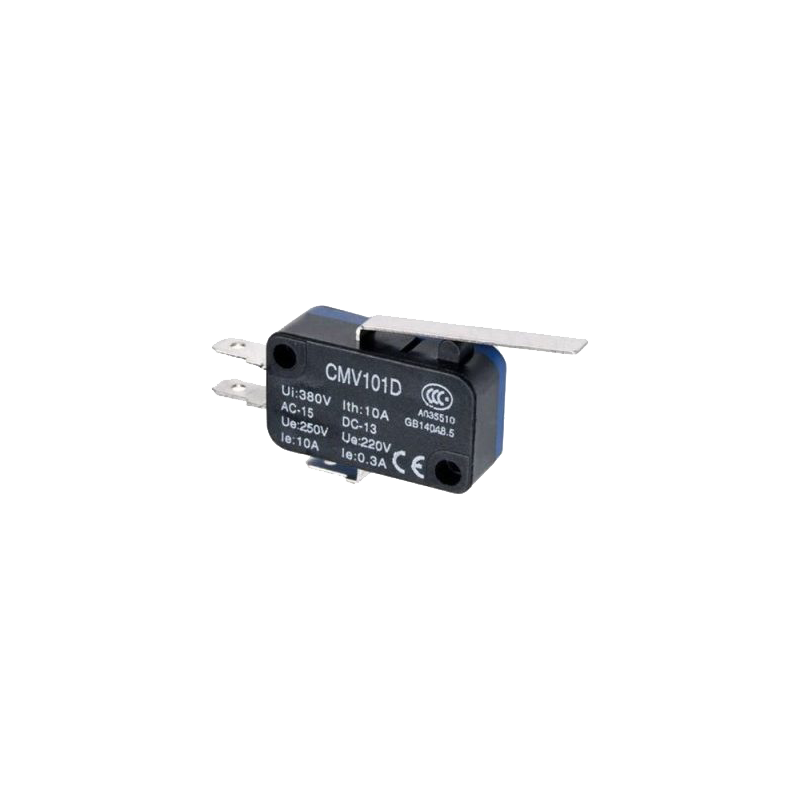
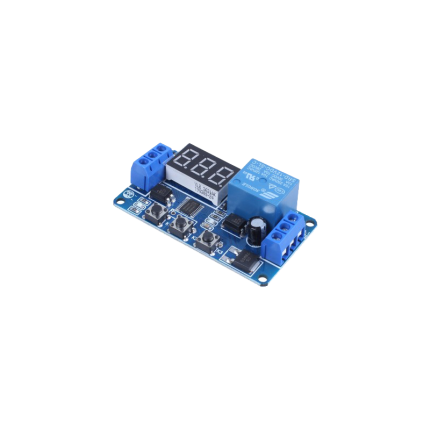


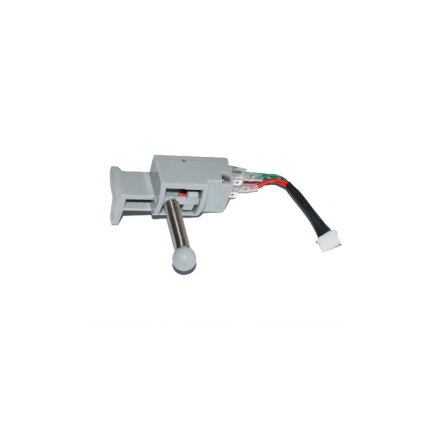
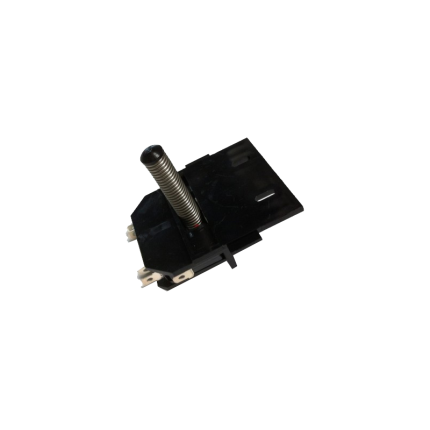
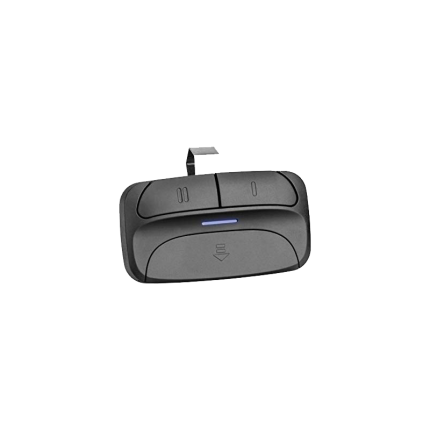
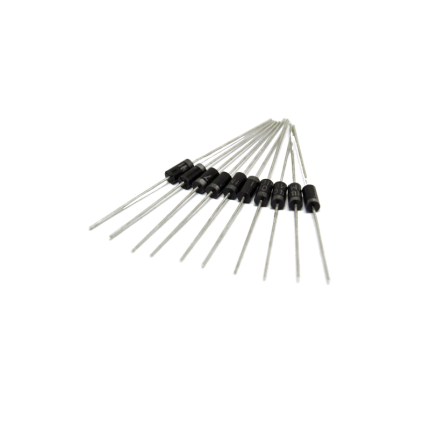

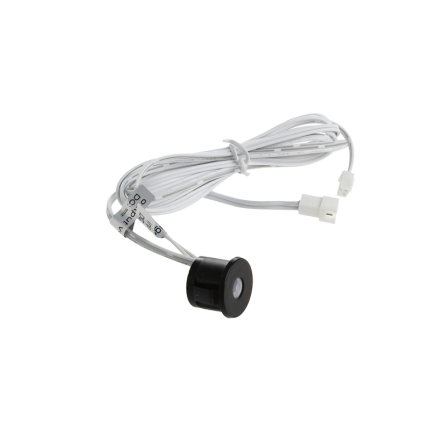
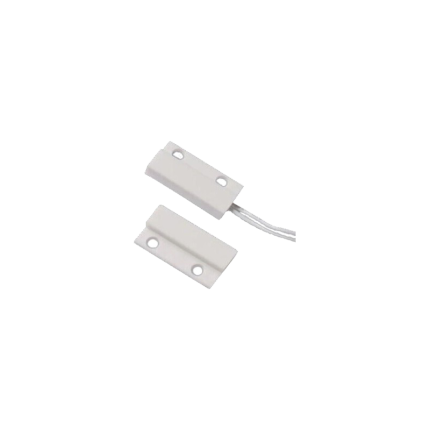
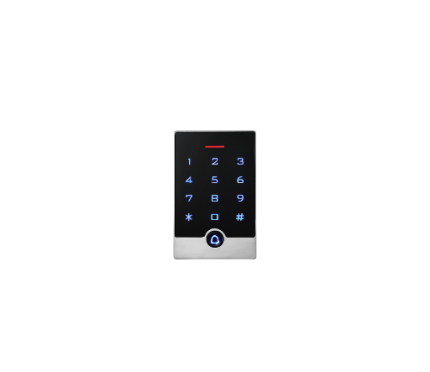
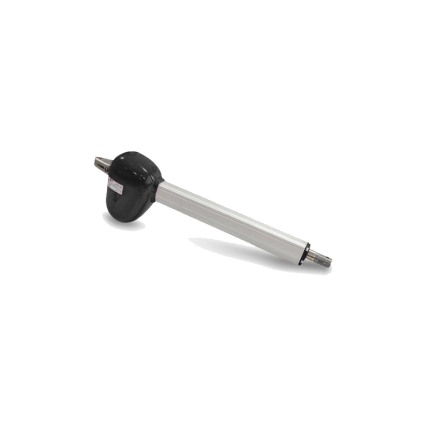
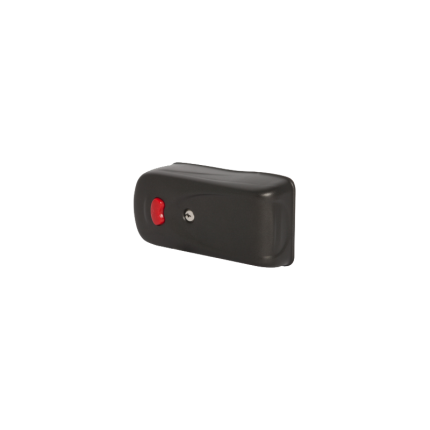
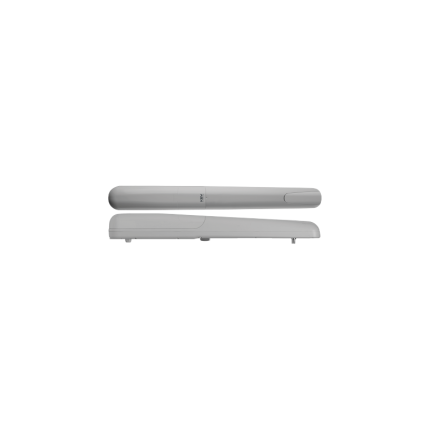

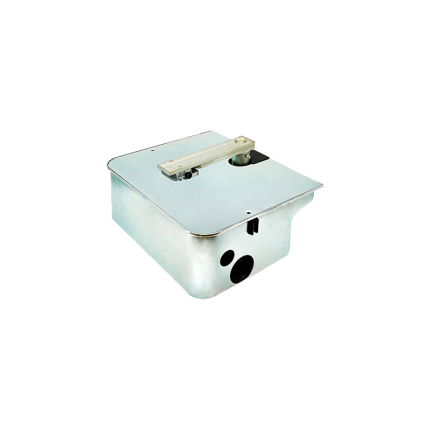
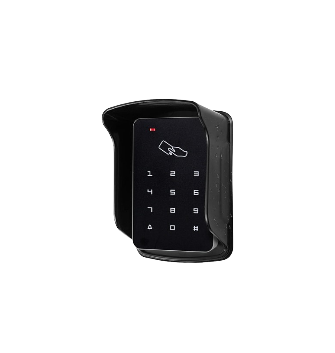
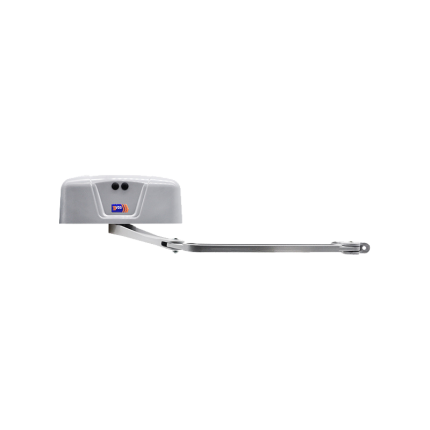









Reviews
There are no reviews yet.